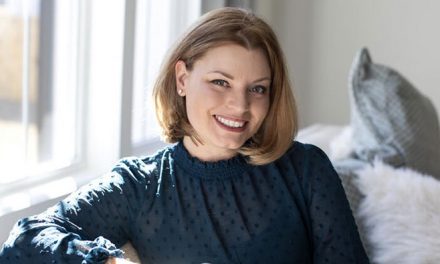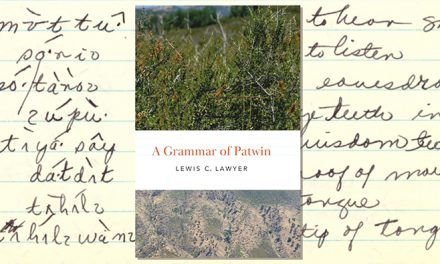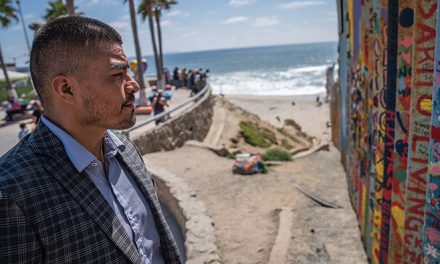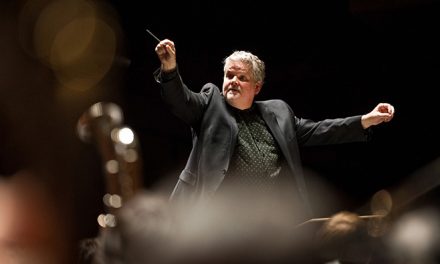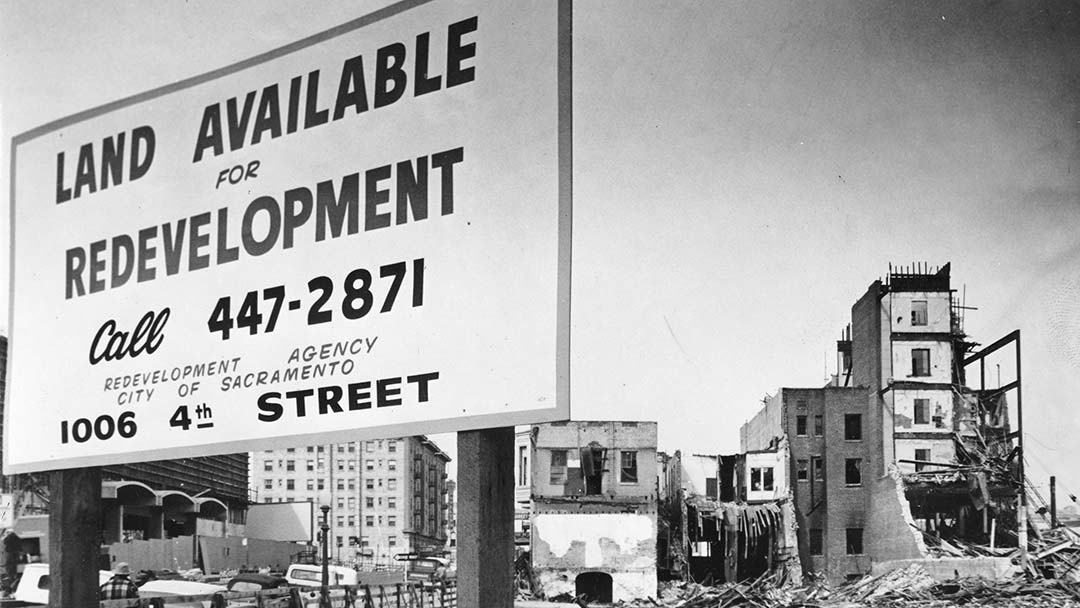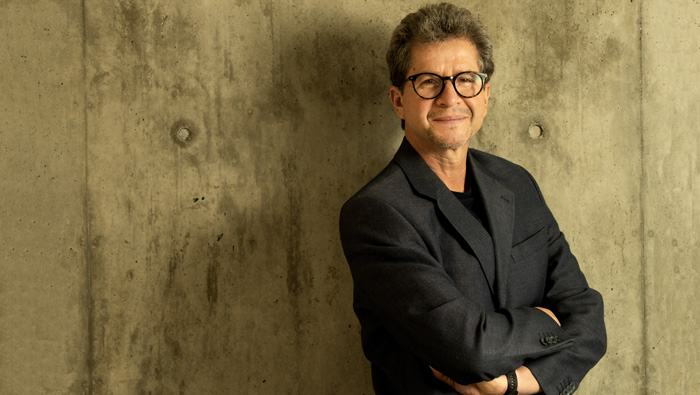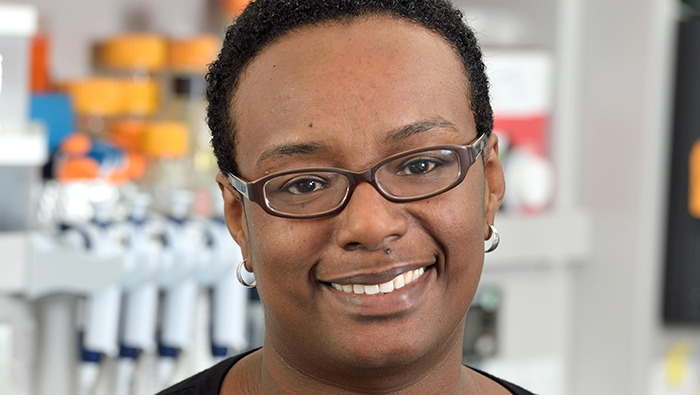
Smarty Plants
Plant biologist Beronda Montgomery, Ph.D. ’01, shows readers how plants have strength, knowledge and intelligence. She offers useful analogies humans can apply from the plant kingdom in her new book, Lessons from Plants (Harvard University Press, 2021). A professor at Michigan State University, Montgomery shares some examples here.
How did you come up with the idea for lessons that plants could provide to humans?
Plant scientists understand that the real potential for a plant to be healthy is driven by the environment and what it has access to. It just occurred to me that we as plant scientists should be some of the best mentors on the planet if we are able to use what we understand about how plants interact in the environment. It’s a great way to have a conversation about difficult topics — like mentoring and equity. If we talk about plant care and what we can learn from that, often we can get deeper into the conversation and people remain open to difficult topics. I saw the power of it.
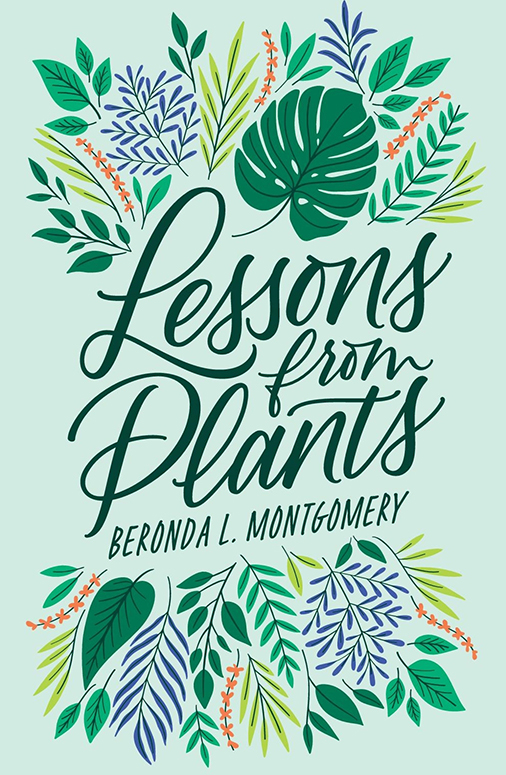
The chapter “A Diverse Community” highlights how different species coexist. What can humans learn from plants about the value of diversity?
When we look in nature, plants are always growing in diverse communities. Some are found together because they collaborate well. Plants growing in diverse communities actually have greater productivity and increased abilities to be resilient against damage. I think there are a lot of lessons in that for us about how we are constructing our communities and whether we are drawing on those lessons to cultivate diverse communities.
What pandemic lessons can we take from plants?
One lesson that really impacted me during the pandemic is how plants have natural periods of rest. In the fall and winter, most plants are preparing for rest over the winter. I think the pandemic really heightened our awareness that as humans we are perpetually in motion and only rest when we are forced to. I hope as we recognize the tragedy of the pandemic, we also ask which moments we can take forward. Prior to the pandemic, I was on a plane all the time, going here and there. I don’t want to get back to that full pace again.
How did you come to attend UC Davis for your Ph.D.?
I wanted to work in plant biology. This was in the 1990s, and I did not know what programs I wanted to [consider]. One of my mentors suggested I get a printed directory from the American Society for Plant Physiologists, now the American Society for Plant Biologists. It was like a phonebook. It listed members by schools, and he said the schools with a lot of members have large plant biology programs. I got UC Davis from that. It really was about finding a place where I could completely embed myself in plant biology. I had an amazing time there.

